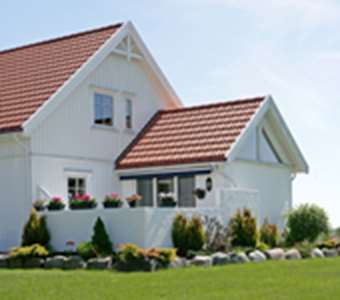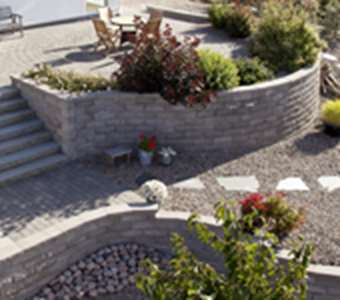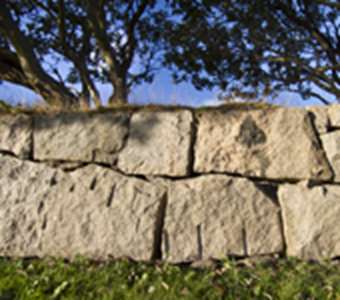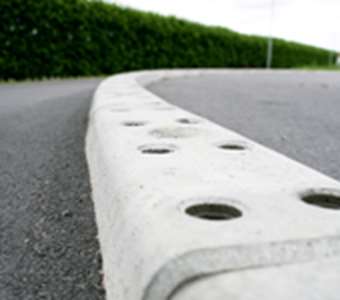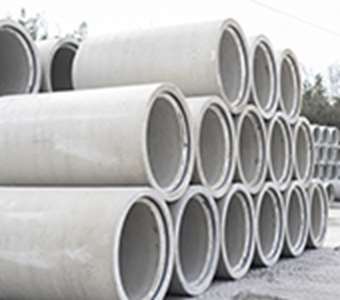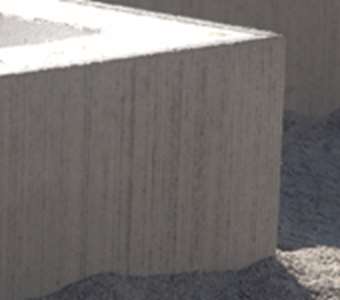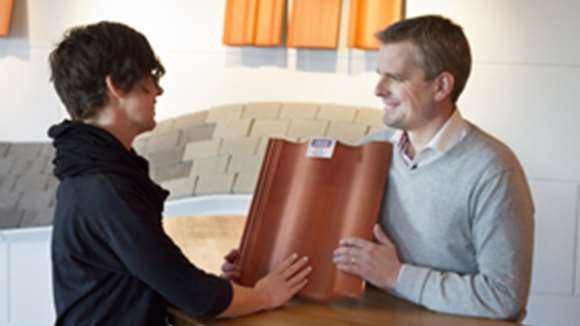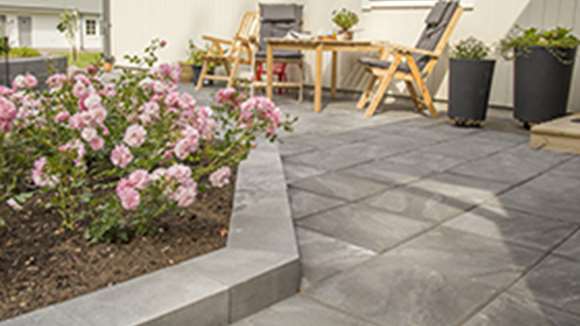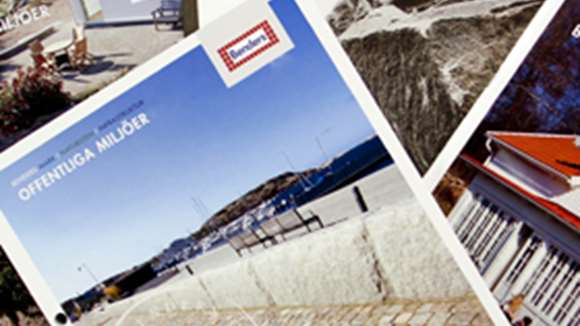Stepping inside the gates of the quarry at Ävja takes you as far as possible away from most of today’s modern workplaces. It is like travelling decades back in time. You meet muscular quarry workers who blast granite from the ground and skilful stonemasons hammering and chiselling away to carve beautiful objects in their booths. It is only when you stand here, watching the spectacle unfold, that you understand the craftsmanship that goes into creating granite products and the expertise that these quarry workers and stonemasons possess.
Mikael Ove Johansson is a little over 50 years old and has been a stonemason at Ävja quarry for many years. As early as his school years, he gained stoneworking experience with an uncle who, at that time, was a paver. Mikael decided that he wanted to work with granite. The profession would thus continue in the family. Mikael went straight from school to a life as a stonemason. After several years in the job, he chose to move on and, for a period, worked as an electronics sales engineer. However, in 2002, he decided to return to the stonemason’s way of life.
Dotted all around Sweden, “rock technology” and stonemasonry courses are readily available. However, starting work as a stonemason requires no specific vocational training or particular prior knowledge. Mikael feels that a reasonable physique is a necessary qualification for being a stonemason. Skills come later, learnt from others who have been stonemasons for many years. The old adage “practice makes perfect” truly applies here. A stonemason never knows everything about the job. This is one of its great charms. It is always possible to acquire more craft-related skills and knowledge. New ideas and solutions are always turning up and new technology is occasionally introduced.
Once the quarrymen have provided the raw material, the stonemason takes over. He or she creates finished products from the extracted and trimmed to size rock. Each job begins with checking the drawings. This is followed by dressing and cleaving (splitting) the raw material to make the specific product, e.g. walling elements, paving stones, kerb stones, façade cladding, bench tops, steps and public works of art.
“Being a stonemason means that you are guarding a heritage and passing on a piece of history. What we create in stone today may be viewed by other people many centuries into the future,” Mikael Ove Johansson.
Mikael says that being outdoors with a physical hands-on job is the best thing about the stonemason’s life. Winters can be uncomfortable, but this is soon forgotten when the sun breaks through. Another advantage that Mikael appreciates is that, as a stonemason, he is largely in charge of how he works.
He feels that the challenge of a career as a stonemason is to work intelligently so that the body is not subject to unnecessary wear. This can, for example, be a question of cleaving the granite in such a way that producing the final product requires as little physical manual dressing as possible. For many people, the stonemason’s work is associated with repetitive strain injuries. This is because, in particular, necks and shoulders, just like hands, are subject to stress when using compressed-air tools that vibrate a lot. Nonetheless, for several reasons, Mikael does not see problems in an entire working life as a stonemason. Machines that vibrate less have been developed, certain products that used to place great strain on the body can now be made mechanically and, as far as possible, there is rotation in daily tasks.














